Introduction
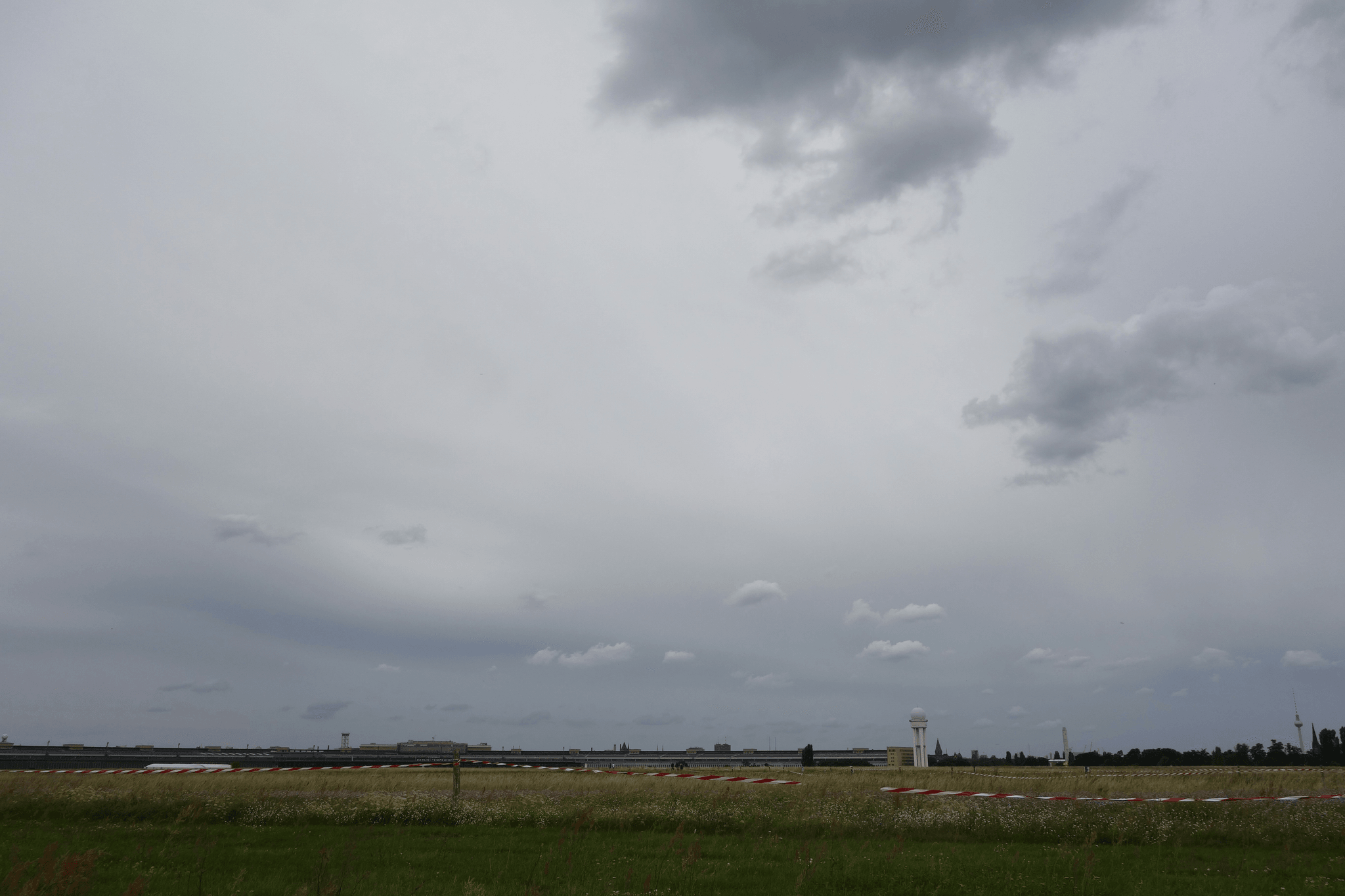
In the world of aviation, understanding AWOS is crucial for ensuring safe and efficient flight operations. Automated Weather Observing Systems (AWOS) play a vital role in providing accurate weather data, which is essential for pilots and air traffic controllers alike. With real-time information at their fingertips, pilots can make informed decisions that significantly enhance flight safety.
Understanding AWOS in Aviation
So, what is AWOS aviation? It's an automated system designed to continuously monitor and report weather conditions at airports. These systems gather data on various parameters such as temperature, wind speed, visibility, and atmospheric pressure—information that is indispensable for both takeoff and landing procedures.
The Importance of Accurate Weather Data
Accurate weather data is the backbone of safe aviation practices; it helps mitigate risks associated with unpredictable weather changes. AWOS ensures that pilots have access to real-time updates on conditions that could affect their flights. Without such precise information, the likelihood of accidents increases significantly due to unforeseen weather phenomena.
How AWOS Benefits Pilots
AWOS benefits pilots by providing them with timely information needed to make critical decisions during flight operations. By comparing AWOS with other systems like ATIS (Automatic Terminal Information Service), it's clear that the continuous monitoring capabilities of AWOS offer a more dynamic view of current conditions than static reports can provide. This not only enhances situational awareness but also contributes significantly to overall flight safety.
What is AWOS Aviation?
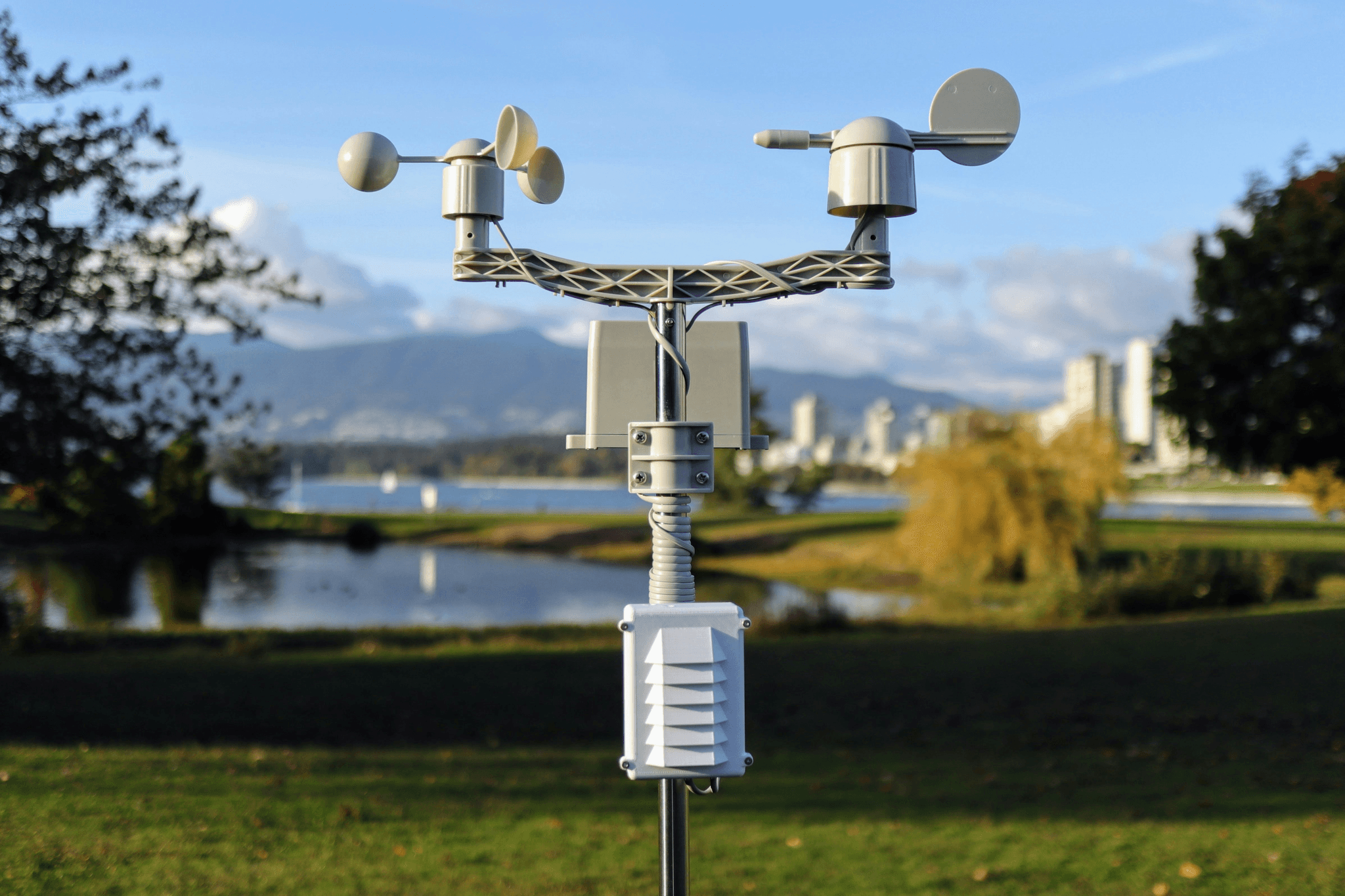
AWOS, or Automated Weather Observing System, is a vital component of modern aviation infrastructure. It provides real-time weather data that is crucial for safe flight operations, particularly in the unpredictable world of atmospheric conditions. Understanding what AWOS aviation entails helps pilots and air traffic controllers make informed decisions based on accurate weather information.
The Basics of AWOS
At its core, AWOS is designed to automatically collect and disseminate essential weather data at airports. This system continuously monitors various meteorological parameters including temperature, humidity, wind speed and direction, visibility, and atmospheric pressure. By providing this information in real-time, AWOS plays a pivotal role in enhancing situational awareness for those involved in flight operations.
What does AWOS do? It serves as an automated reporting tool that ensures pilots receive timely updates about changing weather conditions before takeoff and landing. This capability not only increases safety but also aids in optimizing flight schedules by allowing airlines to plan more effectively around current conditions.
The Role of Automated Weather Systems
Automated weather systems like AWOS are integral to the safety and efficiency of air travel. They operate 24/7 without human intervention, ensuring that critical weather information is always available when needed. This reliability is especially important during adverse weather events when timely data can mean the difference between a safe landing or an unexpected diversion.
Moreover, these systems work seamlessly with other aviation technologies such as ATIS (Automatic Terminal Information Service), which broadcasts essential information to pilots about airport conditions and traffic advisories. By integrating with ATIS, AWOS enhances communication between pilots and air traffic control while minimizing the chances of miscommunication during critical phases of flight.
Differences Between AWOS and ASOS
While both Automated Surface/Weather Observing Systems (ASOS) and AWOS serve similar purposes—providing real-time meteorological data—they have distinct differences worth noting. ASOS typically offers a broader range of observations than standard AWOS systems; it includes additional sensors for measuring precipitation types and amounts as well as cloud cover details.
Another key difference lies in their deployment: ASOS systems are often found at larger airports or those with more complex operational needs while AWOS can be installed at smaller regional airports where simpler observations suffice. Understanding these differences helps clarify how each system contributes uniquely to surface weather observation stations (ASOS/AWOS) across the aviation landscape.
What Does AWOS Do?
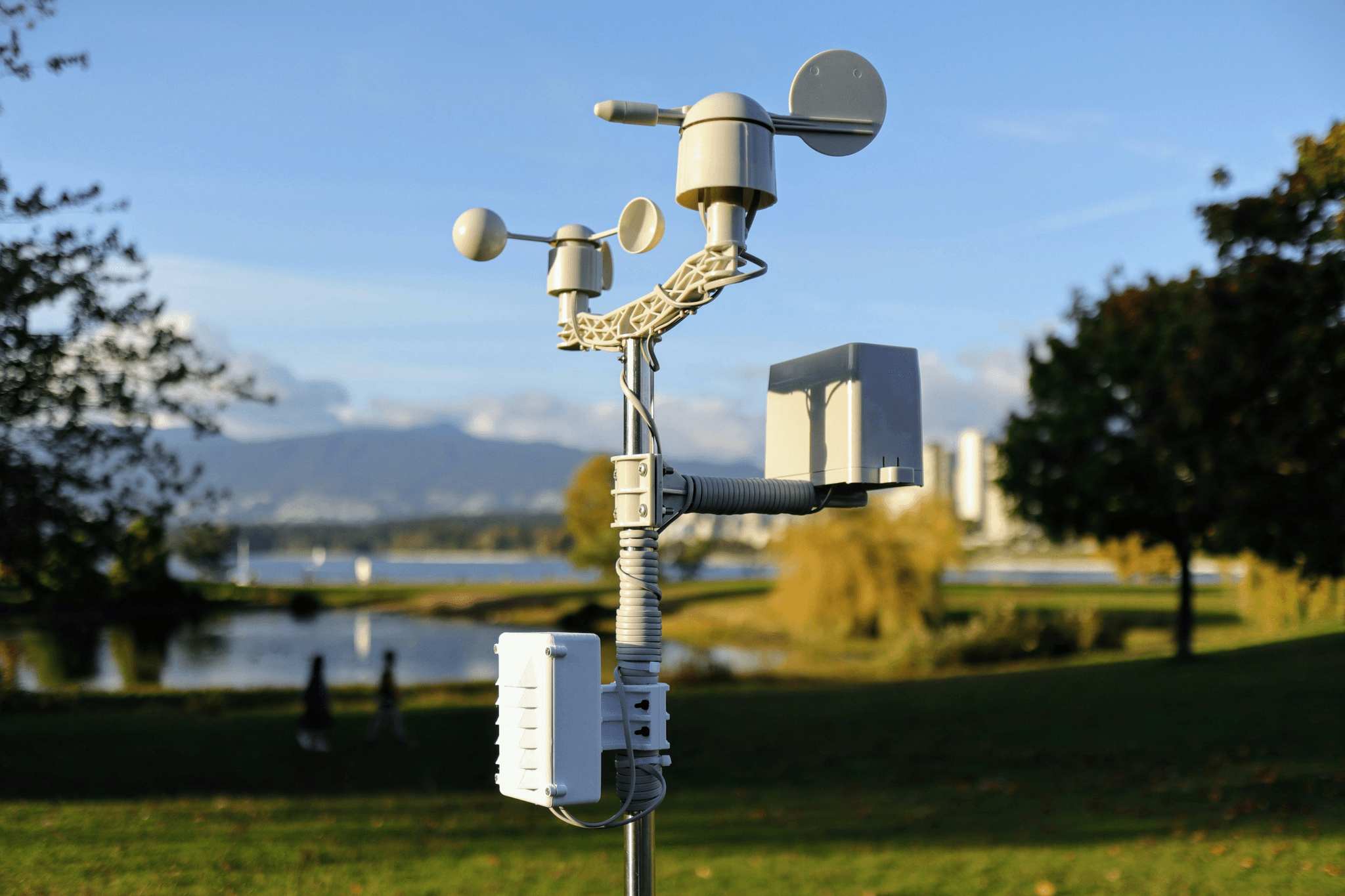
Automated Weather Observing Systems (AWOS) play a vital role in aviation by providing continuous and real-time weather data essential for safe flight operations. By constantly monitoring weather conditions, AWOS ensures that pilots and air traffic controllers have access to the most accurate information available. This capability is crucial for making informed decisions during all phases of flight, from takeoff to landing.
Continuous Weather Monitoring
One of the primary functions of AWOS is continuous weather monitoring, which means it collects data around the clock without interruption. This feature allows pilots to receive timely updates on changing weather conditions that could impact their flights. With automated sensors strategically placed at airports, AWOS can detect fluctuations in temperature, wind speed, humidity, and other critical parameters essential for flight safety.
The importance of continuous monitoring cannot be overstated; it helps mitigate risks associated with sudden weather changes that might otherwise catch pilots off guard. For instance, an unexpected drop in visibility or a sudden gust of wind can significantly affect landing approaches or takeoff procedures. By providing real-time updates, AWOS enhances situational awareness for everyone involved in aviation operations.
Key Parameters Measured by AWOS
AWOS measures several key parameters crucial for aviation safety and efficiency. Among these are temperature, wind speed and direction, visibility levels, cloud height, and atmospheric pressure—all vital metrics that inform pilots about current flying conditions. Having access to this information allows pilots to make better decisions regarding route planning and approach strategies.
In addition to these standard measurements, some advanced AWOS systems may also provide data on precipitation types and rates or even lightning activity within the vicinity of an airport. This comprehensive suite of data ensures that pilots are not just flying blind but rather equipped with a detailed understanding of their environment as they navigate through potentially challenging conditions. Thus, knowing what does AWOS do becomes integral in enhancing overall flight safety.
Comparison with ATIS
When comparing AWOS with Automated Terminal Information Service (ATIS), it's essential to note their distinct roles in aviation communication systems. While both provide critical information to pilots regarding current airport conditions—such as runway availability and weather—AWOS focuses more on real-time meteorological data collection through its sensors rather than broadcasting pre-recorded messages like ATIS does.
ATIS typically delivers routine updates at regular intervals but may not reflect rapid changes in weather conditions as effectively as AWOS can due to its continuous monitoring capabilities. In situations where quick adjustments are necessary—like sudden shifts in wind direction or visibility—pilots rely heavily on the immediate feedback provided by systems like Haisen's Aviation Automatic Weather Observation Station designed specifically for such tasks.
This distinction highlights why understanding both systems is important: while ATIS provides valuable operational information about airports generally speaking, knowing what is awos aviation means grasping how it enhances situational awareness through ongoing observation tailored precisely for pilot needs.
Automated Surface/Weather Observing Systems Explained
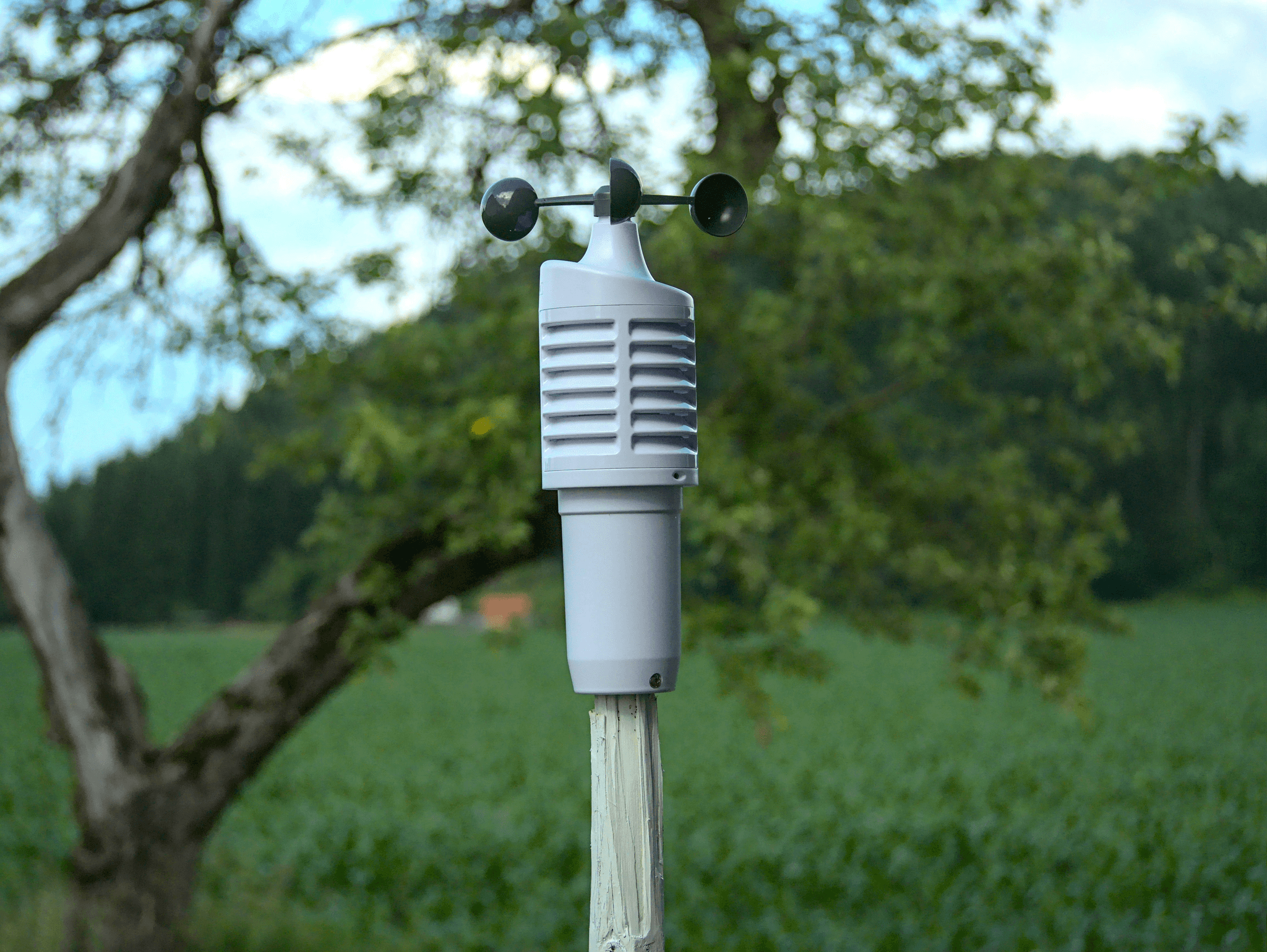
Automated Surface/Weather Observing Systems (ASOS/AWOS) are essential tools in aviation that provide real-time weather data crucial for safe flight operations. These systems continuously monitor and report weather conditions at airports, ensuring that pilots and air traffic controllers have access to up-to-date information. Understanding what AWOS does is vital for appreciating its role in enhancing aviation safety and efficiency.
Functionality of ASOS/AWOS
The primary functionality of ASOS/AWOS revolves around the automated measurement and reporting of various meteorological parameters. These systems are designed to operate 24/7, providing continuous updates on critical weather factors such as temperature, wind speed and direction, visibility, cloud cover, and atmospheric pressure. By automating this process, AWOS significantly reduces human error while ensuring that pilots receive timely information necessary for making informed decisions.
ASOS/AWOS operates independently but can also be integrated with other systems like ATIS (Automatic Terminal Information Service) to enhance the dissemination of weather data. This integration allows pilots to receive comprehensive updates during their approach or departure phases, improving situational awareness in often unpredictable conditions. The seamless operation of these systems exemplifies how technology can improve communication between pilots and ground control.
Sensor Technology Behind AWOS
At the heart of what is AWOS aviation lies sophisticated sensor technology that captures a wide range of atmospheric conditions. These sensors include anemometers for measuring wind speed and direction, hygrometers for humidity levels, barometers for air pressure readings, and visibility sensors that assess how far one can see through the atmosphere. The combination of these technologies allows AWOS to deliver accurate real-time data essential for safe flight operations.
Moreover, advancements in sensor technology have led to improved accuracy and reliability in weather reporting by ASOS/AWOS systems. For instance, modern sensors can differentiate between various types of precipitation—rain, snow, sleet—allowing pilots to prepare adequately before takeoff or landing. With such detailed measurements at their disposal, pilots can make better-informed decisions regarding their flights.
Integration with Air Traffic Control
The integration of ASOS/AWOS with air traffic control (ATC) is a game-changer in aviation safety management. By providing real-time weather updates directly into ATC systems, controllers can make informed decisions about flight paths based on current atmospheric conditions reported by AWOS stations at airports worldwide. This collaboration ensures that both pilots and controllers have access to consistent data which enhances overall situational awareness.
Furthermore, this integration allows ATC to relay critical weather information quickly during emergencies or rapidly changing situations—think thunderstorms or fog rolling in unexpectedly! Such prompt communication helps mitigate risks associated with adverse weather conditions while maintaining smooth airport operations regardless of the challenges posed by Mother Nature. The synergy between ASOS/AWOS technology and air traffic control exemplifies how modern aviation continues evolving toward safer skies.
The Significance of Surface Weather Observation Stations

Surface Weather Observation Stations (ASOS/AWOS) play a pivotal role in aviation by providing critical real-time weather data that is essential for safe flight operations. These systems continuously monitor and report weather conditions, ensuring that pilots have access to the most accurate information available. Understanding what AWOS aviation entails is crucial for grasping the significance of these observation stations.
Why Surface Observations Matter
Surface observations are fundamental in aviation because they provide localized and timely data about weather conditions at airports. This information is vital for pilots preparing for takeoff or landing, as it directly impacts their decision-making process regarding flight safety. Without accurate surface observations from systems like AWOS, pilots would be flying blind, relying on outdated or generalized weather reports that may not reflect the actual conditions at their specific location.
How AWOS Enhances Flight Safety
AWOS enhances flight safety by delivering continuous updates on key weather parameters such as wind speed, visibility, and temperature—all essential factors that influence flight operations. By utilizing Automated Surface/Weather Observing Systems (ASOS/AWOS), pilots can make informed decisions about their routes and landing approaches based on real-time data rather than estimates or assumptions. Moreover, this technology minimizes the risk of accidents caused by sudden changes in weather conditions during critical phases of flight.
Case Studies of AWOS in Action
Numerous case studies demonstrate the effectiveness of AWOS in improving aviation safety and efficiency. For instance, during severe thunderstorms at a regional airport, AWOS provided timely alerts about rapidly changing wind patterns and reduced visibility levels—allowing pilots to delay landings until conditions improved safely. Another example involved an airport using Haisen's Aviation Automatic Weather Observation Station to track low cloud formations; thanks to its precise measurements and real-time updates, air traffic controllers were able to reroute incoming flights without incident.
[Image description=weather station with sensors, control panel displaying data readings, runway view with clouds above; Image name=AWOS_weather_station; Alt tag=what is awos aviation explained through surface observation stations]
Haisen's Aviation Automatic Weather Observation Station

Haisen's Aviation Automatic Weather Observation Station (AWOS) stands out in the realm of aviation weather monitoring by delivering precise and timely data crucial for flight safety. Designed specifically for airport environments, Haisen’s AWOS integrates advanced technology to continuously assess atmospheric conditions. This ensures that pilots and air traffic controllers have access to the most current weather information available, enhancing their decision-making capabilities.
Features and Capabilities of Haisen’s AWOS
What is AWOS aviation if not a sophisticated system equipped with cutting-edge features? Haisen’s AWOS employs a variety of sensors that measure essential parameters like temperature, wind speed and direction, visibility, cloud height, and atmospheric pressure. This automated surface/weather observing systems (ASOS/AWOS) technology guarantees that all relevant data is collected seamlessly, providing an accurate snapshot of the weather conditions at any given moment.
The integration of these features means that Haisen’s AWOS not only captures real-time data but also processes it efficiently for immediate dissemination. Pilots can rely on this information to make informed decisions regarding takeoff, landing, and in-flight navigation. Furthermore, its user-friendly interface allows both pilots and air traffic controllers to interpret the data quickly without any unnecessary complications.
Real-time Data for Pilots and Controllers
One of the primary functions of AWOS is to provide real-time data that enhances situational awareness for pilots and air traffic controllers alike. With Haisen’s system in place, users receive continuous updates about changing weather conditions directly impacting flight operations. The ability to access this information promptly allows pilots to adjust their flight plans accordingly—a crucial aspect when considering what does AWOS do?
Moreover, this real-time capability sets Haisen’s AWOS apart from traditional systems like ATIS (Automatic Terminal Information Service), which may not always reflect the most up-to-date weather changes. By integrating real-time updates into daily operations at airports equipped with Surface Weather Observation Stations (ASOS/AWOS), both pilots and air traffic controllers can engage in more proactive decision-making processes during critical moments such as takeoff or landing.
Impact on Flight Operations
The impact of Haisen's Aviation Automatic Weather Observation Station on flight operations cannot be overstated; it has revolutionized how aviators interact with atmospheric conditions during flights. With accurate measurements provided by automated surface/weather observing systems (ASOS/AWOS), potential hazards such as sudden wind shifts or visibility issues can be identified well in advance—allowing for timely interventions when necessary.
This level of insight directly correlates with enhanced safety protocols within aviation operations; knowing what is awos aviation helps mitigate risks associated with unpredictable weather patterns. Additionally, by streamlining communication between pilots and air traffic control through reliable data sharing mechanisms, Haisen's AWOS fosters an environment where efficiency thrives alongside safety.
In summary, as we explore how automated systems enhance our understanding of what does AWOS do?, it's clear that innovations like Haisen's provide significant advantages in navigating today's complex aviation landscape—ultimately ensuring safer skies for all involved.
Conclusion
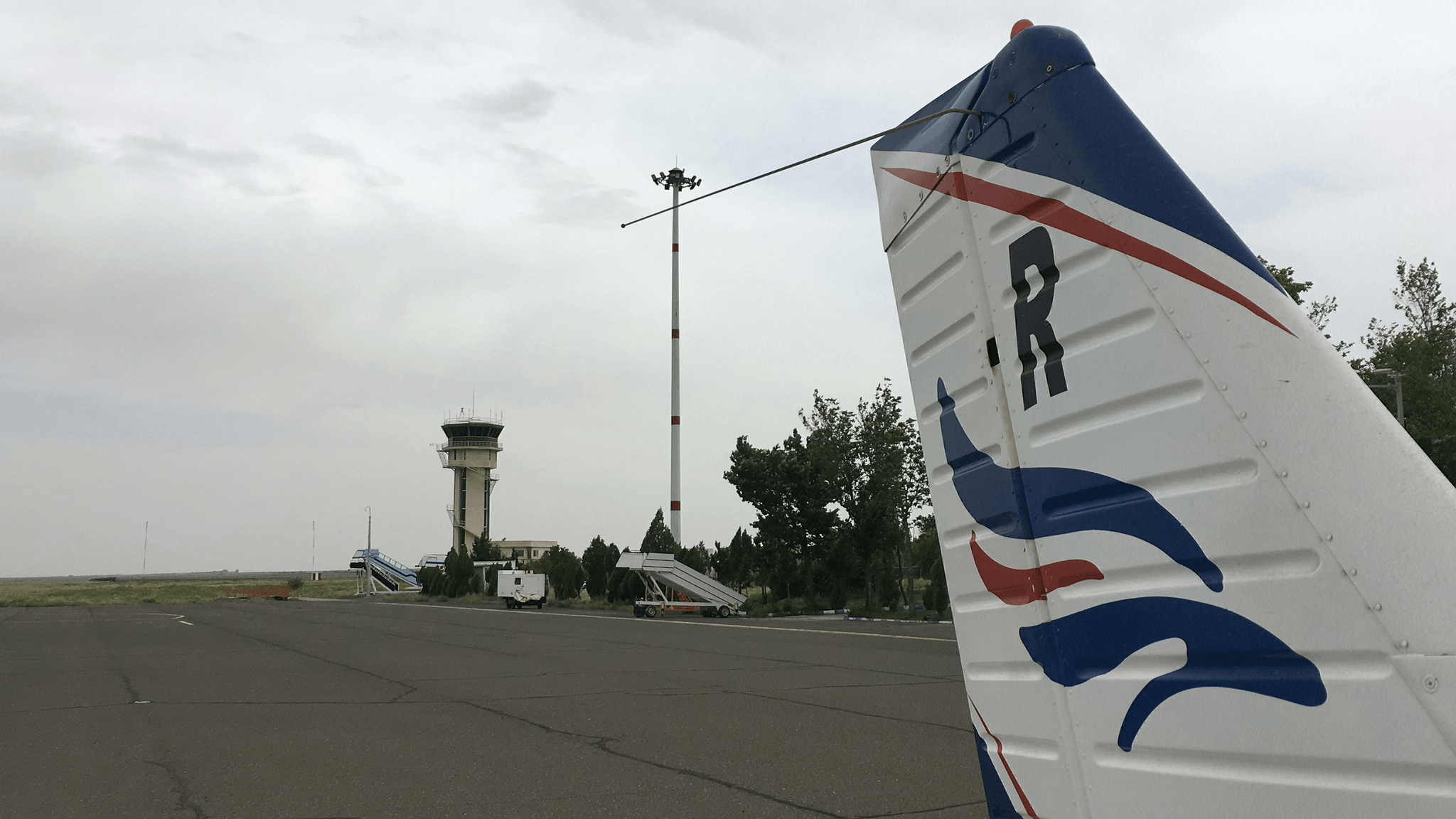
As we wrap up our exploration of AWOS in aviation, it’s clear that these systems play a vital role in enhancing flight safety and efficiency. Understanding what is AWOS aviation goes beyond just recognizing its components; it involves appreciating the significant impact accurate weather data has on pilots and air traffic control. The integration of Automated Surface/Weather Observing Systems (ASOS/AWOS) into daily flight operations ensures that pilots receive real-time updates, which are critical for informed decision-making.
Key Takeaways About AWOS Aviation
Key takeaways about AWOS aviation highlight its importance in providing continuous weather monitoring at airports. What does AWOS do? It measures essential parameters like temperature, wind speed, visibility, and cloud height to give pilots a comprehensive view of current conditions. Moreover, the differences between AWOS and ASOS explained reveal that while both systems serve similar functions, they cater to different operational needs within the aviation framework.
Future Developments in Weather Systems
Looking ahead, future developments in weather systems promise even more advanced capabilities for Automated Surface/Weather Observing Systems (ASOS/AWOS). Innovations in sensor technology will likely enhance accuracy and expand the range of measurable parameters, leading to better predictive models for weather phenomena. As we continue to refine these systems, their integration with other technologies like ATIS will further streamline communication between pilots and air traffic controllers.
Enhancing Pilot Decision Making with AWOS
Enhancing pilot decision-making with AWOS is crucial for safe flight operations. By providing real-time data from Surface Weather Observation Stations (ASOS/AWOS), pilots can make informed choices based on current atmospheric conditions rather than relying solely on forecasts or outdated information. This capability not only improves safety but also contributes to more efficient flight routes and schedules—ultimately benefiting airlines and passengers alike.
